1. Mercury Thermometers
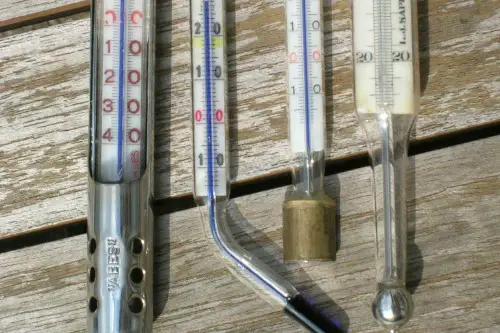
Before digital thermometers, glass tubes filled with mercury were standard in households. Mercury is highly toxic if it leaks, but people handled these thermometers daily without blinking. It was common to see kids using them for science projects or adults checking fever temperatures without gloves. Accidental breakages could release dangerous mercury vapor, yet the risk was generally shrugged off.
It’s astonishing to think parents let their children play with what we now recognize as a hazardous substance. Everyone just assumed “handle with care” was enough. There wasn’t widespread public panic over potential mercury poisoning. Somehow, it was considered an acceptable domestic risk.
2. Lawn Darts

Remember those giant, pointy darts people used to fling across their yards? Lawn darts were essentially oversized metal javelins with sharp tips, and yet, families thought it was a perfectly fine game for kids and adults alike. Injuries were surprisingly common, from bruises to severe puncture wounds. Eventually, they were banned in the late 1980s, but for years, they were a backyard staple.
Parents and neighbors often overlooked the obvious danger, treating them like any other backyard game. The concept of “supervised fun” clearly didn’t include considering what might happen if someone tripped or misthrew. Kids were expected to have quick reflexes and a strong sense of caution—ideally. Somehow, this became part of Americana summer nostalgia.
3. Asbestos Insulation

Asbestos was the go-to material for insulation and fireproofing in American homes for decades. People installed it without protective gear, completely unaware—or unconcerned—about the long-term lung hazards. Workers and homeowners alike were exposed to tiny fibers that could eventually cause cancer. It’s a shock now, knowing that millions of people inhaled it daily.
Despite warnings emerging later, asbestos remained a trusted building material for years. Contractors prided themselves on its durability and fire resistance. Home improvement shows never warned viewers about deadly fibers in the walls. It’s one of those examples where utility completely overshadowed safety.
4. Lead Paint
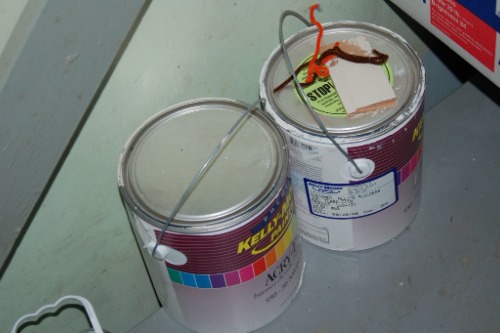
Lead paint was everywhere—from nurseries to kitchen cabinets—because it was vibrant and durable. Parents often let kids touch or even lick painted surfaces, completely unaware of the neurological damage lead could cause. The long-term consequences, including developmental delays, were largely unknown or ignored. Yet, it decorated millions of homes safely in the public eye.
Even as late as the 1970s, lead paint was still legally sold and widely used. The cheerful colors masked the hidden danger beneath the surface. People didn’t question the chemical makeup of their paint. The casualness with which it was applied is staggering by today’s standards.
5. Atomic Bomb Fallout Shelters
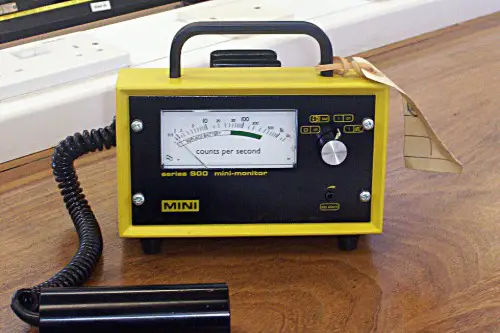
During the Cold War, Americans stocked their basements with canned food and Geiger counters. The idea was to survive a nuclear attack, but many of the safety measures were almost laughably inadequate. People assumed a few feet underground would be enough protection from radiation. Families drilled for “the big one” without fully understanding the scale of danger.
Despite the inherent threat of radiation, these shelters became status symbols of preparedness. Parents encouraged kids to know which duct tape and canned goods would save them. Anxiety and danger coexisted with daily life in a weirdly normalized way. It’s a historical snapshot of collective acceptance of potential annihilation.
6. Car Cigarette Lighters
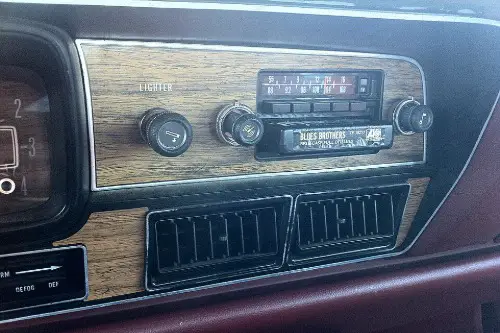
The old metal cigarette lighters built into car dashboards weren’t just decorative—they got red-hot in seconds. Drivers and passengers often used them while the car was moving, risking burns or even fires. Today, that seems like an invitation for disaster. Back then, it was just part of the driving experience.
No one batted an eye at reaching for a glowing coil to light a smoke mid-commute. People trusted themselves not to drop it on the seat or themselves. The convenience of a built-in lighter clearly outweighed obvious safety concerns. It’s a reminder of how everyday objects used to carry real risk.
7. Mercury in Hats
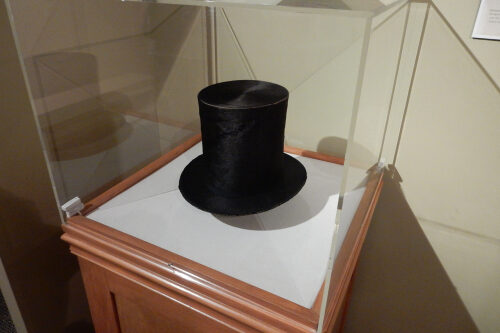
In the 19th and early 20th centuries, hatmakers used mercury to stiffen felt hats. Exposure caused neurological damage and even death for some workers, who became known as “mad hatters.” Yet wearing a stylish top hat was still seen as worth the risk. The mercury in production never stopped the fashion trend.
Hatters often worked in poorly ventilated shops for long hours. Families ignored the obvious occupational hazard in favor of tradition and style. People were willing to risk slow poisoning for a bit of societal prestige. It’s a striking example of fashion taking priority over safety.
8. Small Gasoline-Powered Toys
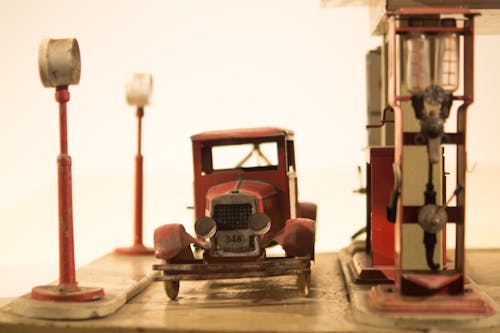
Remember those tiny gas-powered cars, planes, or boats that kids could operate? They ran on flammable fuel and had open spark plugs, yet parents handed them over without hesitation. Burns, fires, and explosions were genuine hazards. These toys were marketed as thrilling and educational, which seemed to justify the risk.
Today, liability concerns make these kinds of toys nearly impossible to sell. Back then, adventure often came with a side of danger. Kids were expected to handle fuel responsibly at a young age. It reflects an era when playtime came with real stakes.
9. DDT Pesticide

DDT was hailed as a miracle chemical for killing insects and protecting crops. People sprayed it liberally in homes and gardens, ignoring early warnings about toxicity. The chemical built up in the environment and in humans, causing long-term health issues. Still, it was considered perfectly safe for routine household use for decades.
Parents sprayed it in kitchens, on pets, and even on kids’ clothing sometimes. The thrill of pest-free living overshadowed the invisible danger. No one wore protective gear, and warnings were minimal. It’s an example of widespread exposure accepted as normal daily life.
10. Radium Watches

Women once painted watch dials with radium so they would glow in the dark. They applied it with brushes dipped in radioactive paint—sometimes even licking the tips to shape them. Workers suffered severe health consequences, including bone damage and cancer, but the watches were a popular trend. The dangers were invisible, which made them easier to ignore.
The “Radium Girls” scandal highlighted the risks, but the public still wore glow-in-the-dark watches without worry. Fashion and practicality clearly outweighed the invisible threat. It’s hard to imagine the casual approach to radioactivity today. Safety wasn’t front-of-mind, even in close contact scenarios.
11. Iceboxes with Ammonia
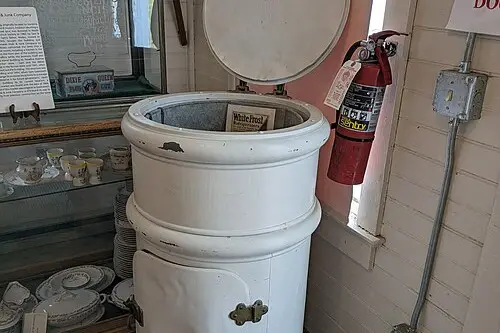
Before modern refrigerators, iceboxes often used toxic ammonia to keep food cold. Leaks could cause poisoning, but homeowners continued using them because they were effective. People trusted their handling skills more than chemical safety guidelines. Kids might help refill the ice or adjust temperatures, completely exposed to potential harm.
The convenience of cold food was irresistible, even at a personal risk. It shows how everyday chores once involved real hazard. People were more focused on practicality than on invisible dangers. Modern refrigeration safety standards dramatically changed that mindset.
12. Exploding Pop Rocks and Soda Myths
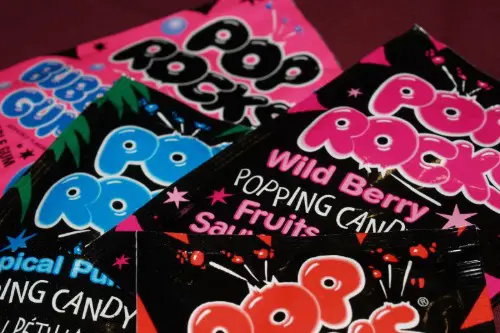
Pop Rocks candy paired with soda was rumored to cause explosions in the stomach, and while the myth was exaggerated, the candy itself contained small pressurized carbon bubbles. Kids consumed it without concern for the potential for mild injury or discomfort. Marketing leaned into the “dangerous fun” angle. Parents mostly shrugged because nothing catastrophic usually happened.
The appeal was exactly that it felt risky. Americans embraced the thrill of mini explosions in a harmless-looking candy. It’s a micro-example of how even snacks once flirted with danger. Nostalgia for Pop Rocks is partly nostalgia for a time when everyday life included tiny, thrilling risks.
This post 12 Retro Items That Prove Americans Used to Be Okay With Danger was first published on American Charm.


